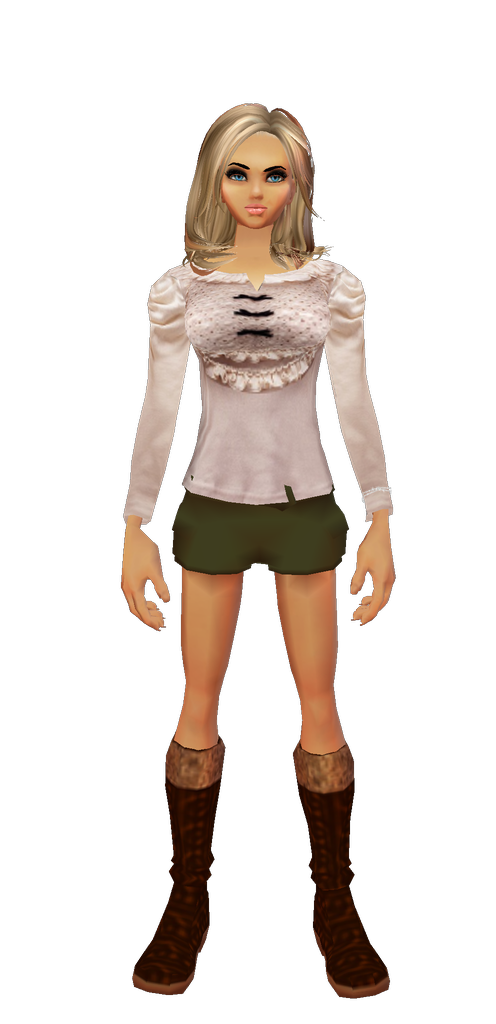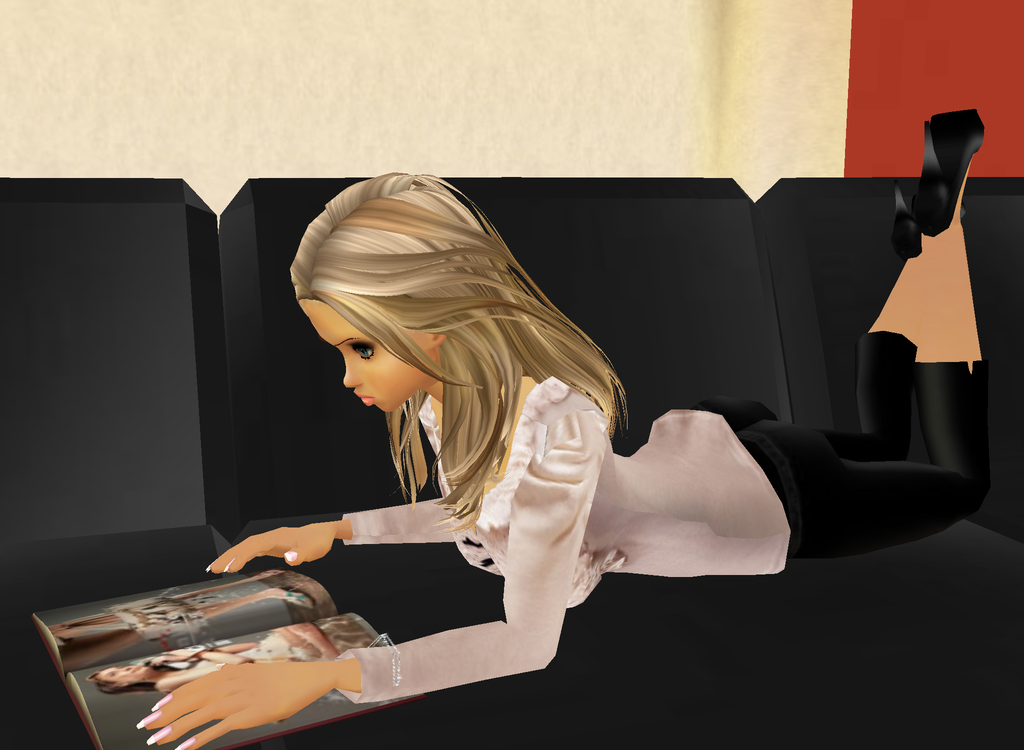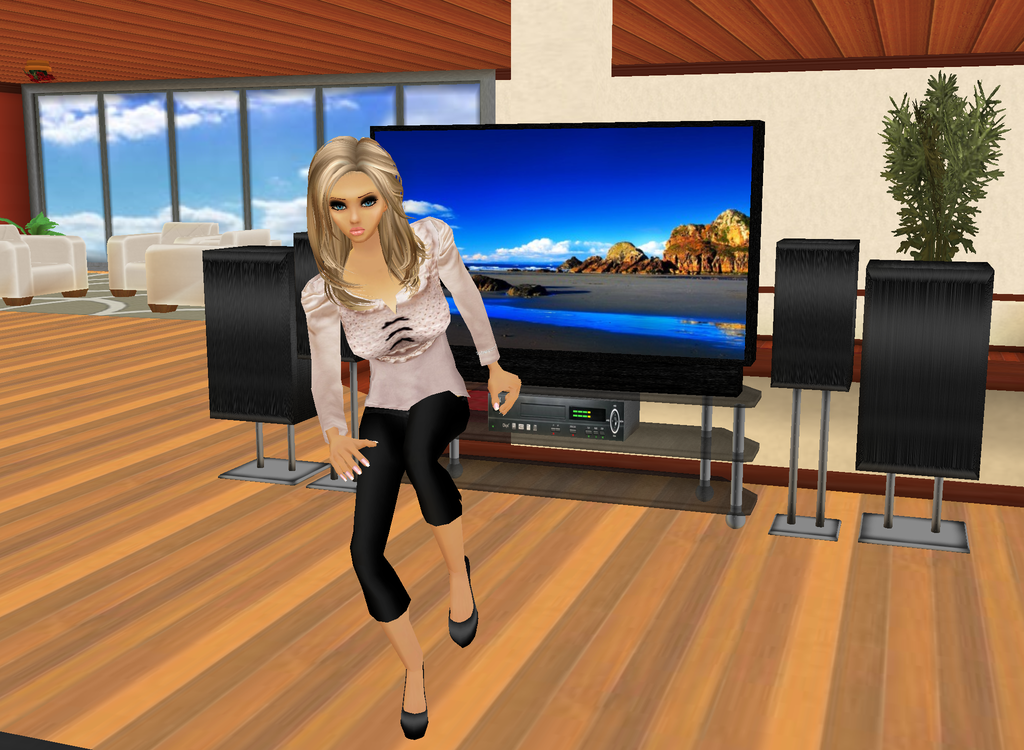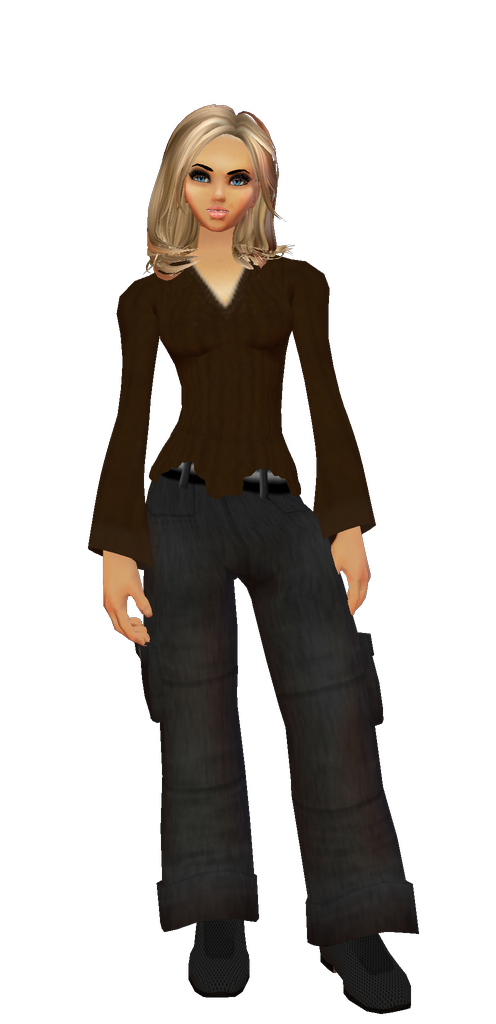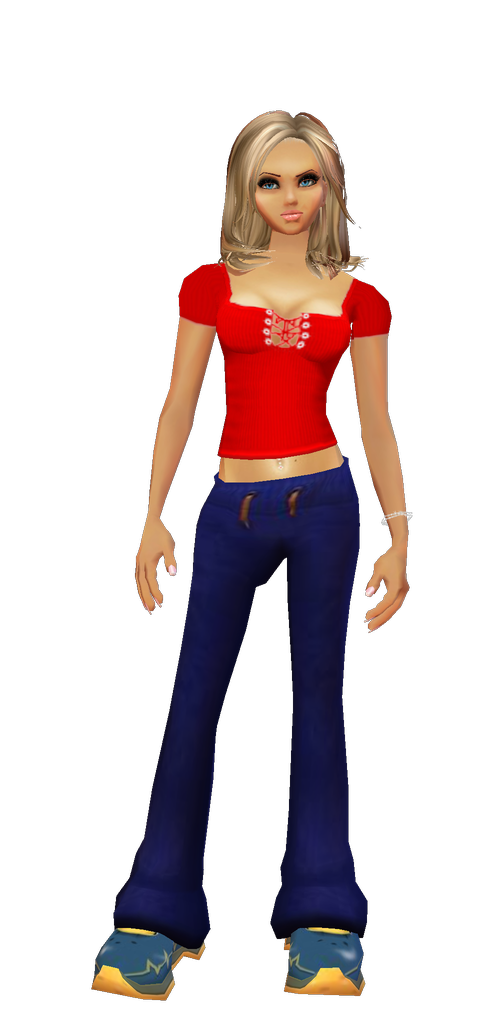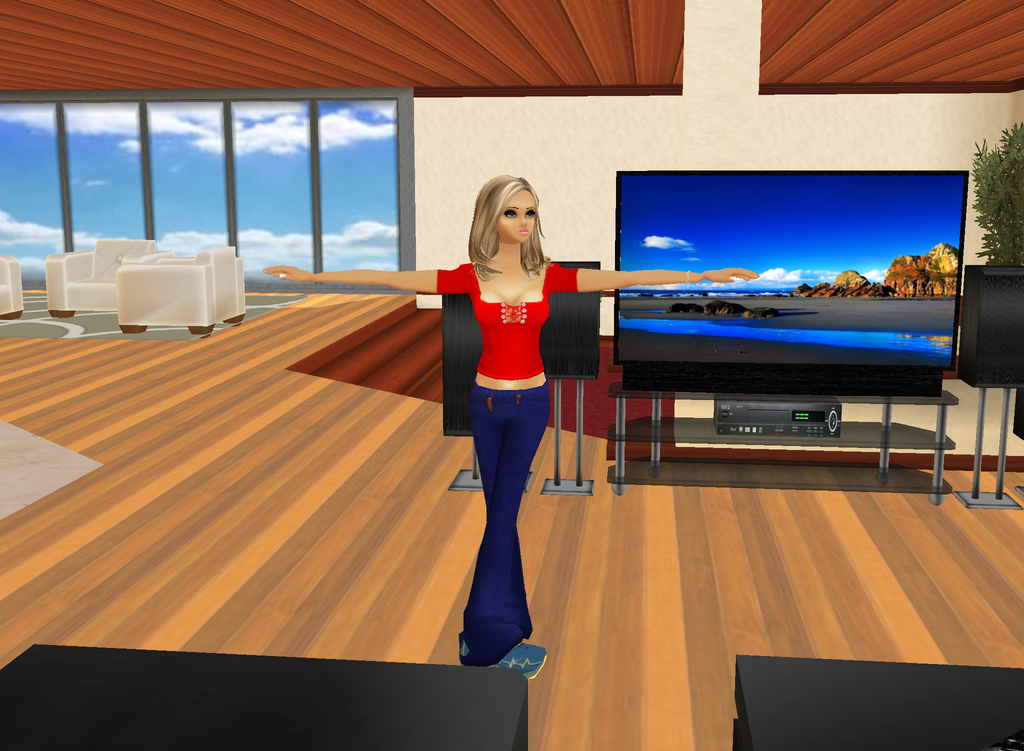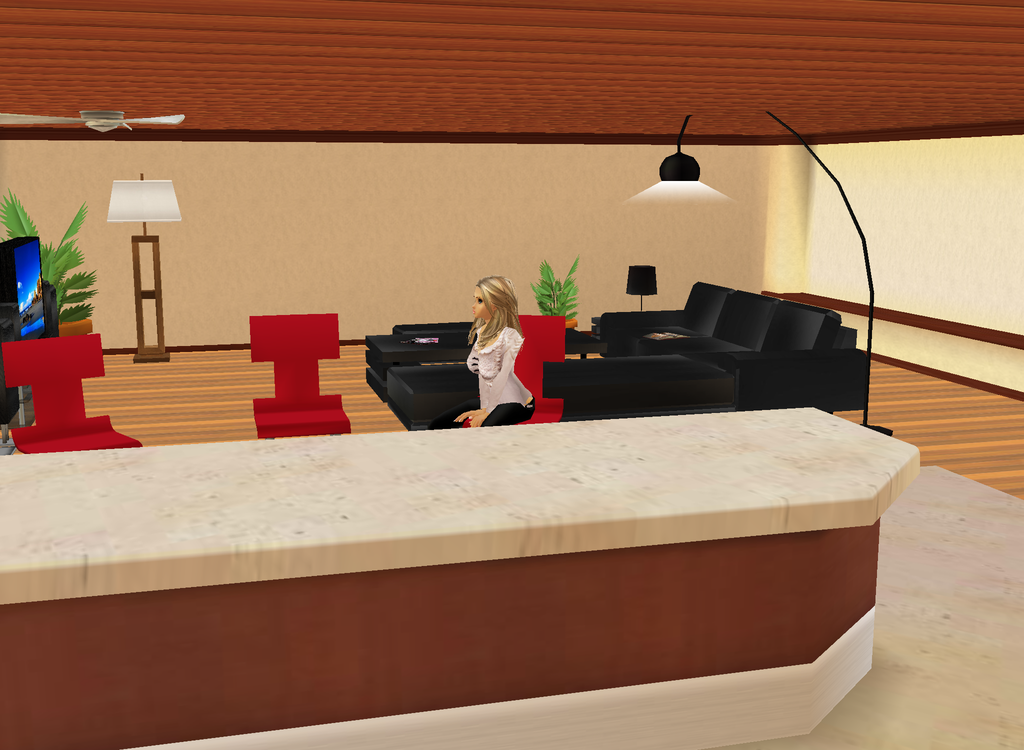I think it would be amazing to have a way of conducting transactions in DMV through a system that allows customers to avoid long waits to be attended. The system I talk about would allow interaction of a DMV employee face-to-face with a customer through a computer camera. To verify the identity of each individual, a password can be created. The picture can be taken with the camera in the computer. The interaction can be done for identification purposes only. The form to apply for an ID can be filled out previously. After the interaction, the customer can print out a DMV coded temporary ID until the new one arrives. In this way, DMV will reduce expenses and the most important thing, customers will be happier. I thought about a DMV system because I recently went to renew a DL. I waited for 4 hours, making the line to get the ticket number, waiting for the picture to be taken, and waiting for my ticket number to be called. I know you can request an ID renewal online, but the process takes like 2 weeks to get it. And if you moved, the online transaction cannot be done. This type of systems can be used for many governmental agencies, and bank institutions.
Tuesday, April 24, 2012
Wednesday, April 18, 2012
Our Class Wiki - So Far
I have contributed to the session on “How Businesses are Benefiting from Social Networking Sites”. I added a paragraph that explained how business analyze and decide on what social networking sites, they will be promoting themselves. Also, I added information on “Types of Social Networking Used in Business” I specifically added i-Meet, which is one of the social networking sites for planners and suppliers. In addition, I created a section about a recent news of employers checking Facebook accounts, called Employers asking for Facebook log in information- Is it a violation of privacy?. These are my contributions in wiki, so far. However, I will add more information focusing on the negative side of business using social networking and employees privacy.
Wednesday, April 11, 2012
P2P File Sharing
File sharing is the distribution and access of digital information available in the web, such as videos, programs, images, documents, e-books, etc. Illicit file sharing represents a problem for the economy and entrepreneurs that the digital information is taken from. In the United States, millions of dollars in sales are lost from illegal file sharing; piracy is one of the biggest issues of file sharing. As David Choi and Arturo Perez mention in “ONLINE PIRACY AND THE EMERGENCE OF NEW BUSINESS MODELS” In most cases, piracy is illegal; in all cases, it is unquestionably unethical.
P2P file sharing stands for Peer-to-Peer file sharing. As its name refers, it is the sharing of files between peers. It is done between people who are part of a network and they can download and see files posted by members of the same network. People, who use P2P, to post music, movies, e-books, etc. are often using a technology called BitTorrent, according to B. Stelter and B. Stone in their article “Digital Pirates Winning Battle with Studios” The New York Times. But there are several P2P websites, besides BitTorrent, P2P file sharing is done through Napster, Morpheus, Gnutella, Freenet, Skype among others.
Tuesday, April 10, 2012
Privacy & Confidentiality
Privacy is the right of one person to control, and timing how and in what way he/she shares personal information or activities with others. Confidentiality is the protection of someone’s privacy. Unfortunately, privacy and confidentiality are affected with new media. The internet does not protect its users. The information shared on the internet can be easily accessed and read by anyone. Even email accounts that are supposed to be secure by a password can be hacked, which means the violation of our privacy and confidentiality. New media is definitely advancement in technology but other things, like our private information, are put in jeopardy. With the social networking sites, the privacy issue is increasing along with the popularity of these websites. Many people do not know what type of information to post online, and they make the mistake of exposing their lives in public to everyone in the online community.
Advice to Baruch College
My ideas for Baruch College to use new media will be:
1. A new Facebook like page can be created for Baruch Students only.
2. Students can offer their textbook for sale, tutoring services and other activities.
3. With the Baruch page, the different Departments can start participating in the new website.
4. The Writing Center will have a change on the online sessions, making easier the understanding and interaction between tutor and student.
5. The Advisement and Counseling Department can start making appointments online, instead of having to call multiple times to be attended.
6. Professors and students can meet online, when the Professor cannot make it to the school.
The changes, I propose, are based on the new website that would create a new way of interaction for everyone.
Sunday, March 25, 2012
Creativity and New Media
I decided to create an avatar second life. The reason why is I had no idea of the existence of these avatars, before this class. It has been a very exciting assignment. Although, it may not be the coolest avatar, It was a challenge to me.
Creativity
Creativity is the constant way of creating and experimenting new things. New Media has created a
revolution in many aspects of people’s lives. It is presenting life in a
different way, making people to have the necessity of adapting to these
changes. Therefore, people are pushed to develop a new mentality-creativity- to go along with
the constant changing world. New Media and creativity have a tight connection because
people use creativity to reinforce New Media. Plain and simple, It means
creating new way of doing things, like the article 1+1+1=1 by Sasha Frere-Jones refers
to the revolution in music. Computers have allowed d.j. and other musicians to
create new ways of mixing music or putting notes together to have a better
sound. Effects in music, like this, were not possible before the digital technology
and new media revolution came into the picture.
Wednesday, March 21, 2012
Virtual Worlds
Virtual Worlds have become popular within the online community. They show a virtual 3D format reality to users, giving them the feeling of visiting or doing a specific activity, or place, without even moving away from their computers. Depending on theme, every website has their features and attractions, people enjoy the environment but they have to pay real money to get virtual money and spend. It is amazing that the virtual world is being used in many different ways and fields. It is used for educational, professional, or entertainment purposes among others.
These websites give the online community a diversity of activities and situations for entertainment. People can hang out at a bar without actually going to a real one, according to “I’ve Been in That Club, Just Not in Real Life” by Dave Itzkoff in The New York Times. The article presents a website called Virtual Lower East Side (vles.com) that shows a recreation of the lower east side of Manhattan. Also, virtual worlds are used for educational purposes, as reported by Stephanie Simon in “Avatar II: The Hospital”. Hospitals, medical schools, and health foundations are using this website that is a recreation of a hospital emergency room. This website is designed to train nurses on taking quicker decisions under pressure. The professional field is touched by virtual worlds as well. Big companies, like IBM, are using virtual training rooms to get all their employees together, without paying for travel expenses in accordance to “IBM's Virtual World for its Employees: IBM Learning Programs Get a 'Second Life'” by Ed Frauenheim Workforce Management
Virtual Worlds are being used more and more, but what are the pros and cons? As I mentioned above, there are many positive ways of using this virtual reality. They can give the online community diverse virtual environments with more accessible entertainment options, companies can save in expenses, nurses can train in an emergency room simulation etc. But the fact that these virtual worlds are used may bring lack of social interpersonal activities, and less employment opportunities in the market, overall. Social interpersonal activities are very important for society development. If people interact with their computers only, the future of society may be affected. Besides, with people not going to an actual place to hang out, schools not using trainers to educate students, companies not having the necessity of bringing people together for training may be a sufficient cause to reducing staff.
There is no doubt that Virtual Worlds foster creativity. It is completely revolutionary the way of accessing to a virtual reality that a decade ago, it was seen only in science fiction movies. I think, the Virtual Worlds are going to be highly used in the future, and also, there will be at least one virtual reality for every single activity that we currently do.
Sunday, March 11, 2012
Twitter shares tweets from users.
Postings are short-160 characters- and it makes a little confusing to respond
to the postings of other users, if these responses are not right after the
tweet is posted. Discussions in Twitter are very different from discussions
held in Blackboard or in class. Blackboard allows students to expand their
discussions as much as they want; it is easy to follow these discussions even
if they were posted days ago. On the other hand, in class is a more interactive
discussion type. There is nothing like discussion in person, in my opinion. In
person, there are more opportunities for feedbacks, opinions, thoughts that can
make the discussion deeper and more knowledgeable.
Social Networking Sites
There are many social networking
sites such as Facebook, MySpace, Twitter, and Google+ among others. The mentioned four websites have as purpose to
make connection between people. In my opinion, Facebook, MySpace, and Google+
have a very similar structure. They allow users to write postings, postings can
be long. Users can post pictures, or create albums, as many as they want. Google+
offers the option to use Hangouts that allow users to chat with their friends
face-to-face, while Facebook is only text chat. Also Facebook, MySpace, and
Google+ have the option to connect with friends only –privacy feature- which is
very important.
Contrary to Facebook, Google+ and
Twitter make possible for users to find others that are interested on different
topics. Although, Twitter shares tweets from users that cannot be longer than
160 characters, reducing the size of their postings, and it allows only one
picture for the profiles. Twitter offers a quick sharing of ideas. Twitter and
Google+ might expand the communication to people with our same interests but different
from our group of friends.
In conclusion, Facebook, MySpace,
Twitter, and Google+ offer their users to experience a social connection with others,
opening their opportunities, improving their experience, and increasing their
knowledge. With different features and applications, each of these websites has
contributed to the social networking revolution.
Monday, March 5, 2012
Social Networking
Social Networking sites are used in different fields, corporations, schools, social, and medical fields among others. These websites contribute to Society; they make quality connections between people, expanding opportunities for everyone. Businesses are benefiting from using these websites as a marketing tool. It is cheaper because businesses can promote their services or products, without cost. For example, anyone can open an account in Facebook to post any information they want. Social Networking for Human Resources recruiters as well, using it as a tool to find candidates for employment, according to “Social Networking Technology Boosts Job Recruiting” by Frank Langfitt. Recruiters will locate new prospects according to their social networking accounts and what is posted as background. .
Although social networking sites are positively used in several fields, there is a “dark side” of using them. The loss of privacy and lack of personal interaction, in my opinion, are the largest problems that their users are exposed to. People’s privacy is invaded, they share pictures, inform what they do, where they go, who, when, etc. The lives of these individuals become public. Regardless the profile is private or not- if my friend comments on my status, my friend’s friends will see that posting. The information posted on these sites may be used for other purposes by strangers, such as harassing, bullying, or stalking others. People must protect their privacy at all times. A recent study has shown that young people is taking care of their privacy in these websites, as Marc Parry says in “Who cares about Facebook privacy? Students do”. Mr. Parry reports that specifically students are more careful when they deal with their privacy in Facebook. This is good because everyone must be watching what they post and knowing who will read the postings.
The lack of personal interaction is increasing among social networking users. People tend to reduce their conversations to quick messages and Smiles are reduced to a colon and parenthesis. As a result, we have kids that do not go out after school to play some sport, no longer phone call conversations with friends. Everything is reduced to just few lines and happy faces between each other. The question is- is this no personal interaction between people good for society? Good or not, this is what is happening more and more every day according to “Antisocial Networking? By Hillary Sttout- The New York Times.
Nowadays, everyone uses social networking sites in one way or another. These sites have gone through an evolution; they are used not only to socialize but to expand businesses horizons, or learning groups, etc. This evolution made people’ habits to be changing along with technology advance, I think, in the future these websites will become the only way how people will look for jobs, schools, friend, housing, and everything else.
Wednesday, February 29, 2012
Blogs vs. Wikis
Blogs and Wikis are similar; both are used to post information. However, there are some differences between them. Blogs contains posts that can be edited only by the blogger; anyone can comment on the blogs, the basic idea of the blog is communicate different ideas, opinions, or events to others. Wikis are more complicated to work on than Blogs. Wikis can be edited, contributed, or designed by anyone. They can be very helpful for educational purposes or group assignments because Wikis are a group effort, which not only is written by one person; it is written, edited, designed, or re-designed by each of the different group members.
Blogs and Wikis are part of the today's network resources and it is used more and more often for business-as it is mentioned in "How to use Wikis for Business" By Ezra Goodnoe-, educational, social, etc. purposes. It is important to be familiar with them, know how to make use of the information that is posted, and also, know how to contribute, extending the information data that will help the entire group. Wikis and blogs are very popular.
Blogs can be used for collaboration. Even though, it is unilateral communication source. It has the information posted by the blogger, and can be commented by other members. Like this, Blogs allow all the bloggers to collaborate for the development of a topic, idea, or project between groups of people. It is important to mention that the information of a Blog, which comes from only one author, is more reliable than the information posted on Wikis. According to “Wikipedia to limit changes to articles on people” by New York Times, wikis, like Wikipedia, have multiples editors and contributors, who have the power to change information and details that may lead to non-accurate information , without having a single assigned responsibility.
Sunday, February 12, 2012
Project Topic
Analysis of social networking
My project will focus on the positive and negative effects that social networking has had in society. Some positive effects I will cover in my project are interpersonal relationships, international connections, blogs among others. The negative effects will be the analysis of the bad consequences that social networking has on people, lack of privacy, non-real interaction, false information posted etc. After I make the analysis of both effects I will make a conclusion that will contain a main point from both - negative and positive- sides.
Subscribe to:
Posts (Atom)
